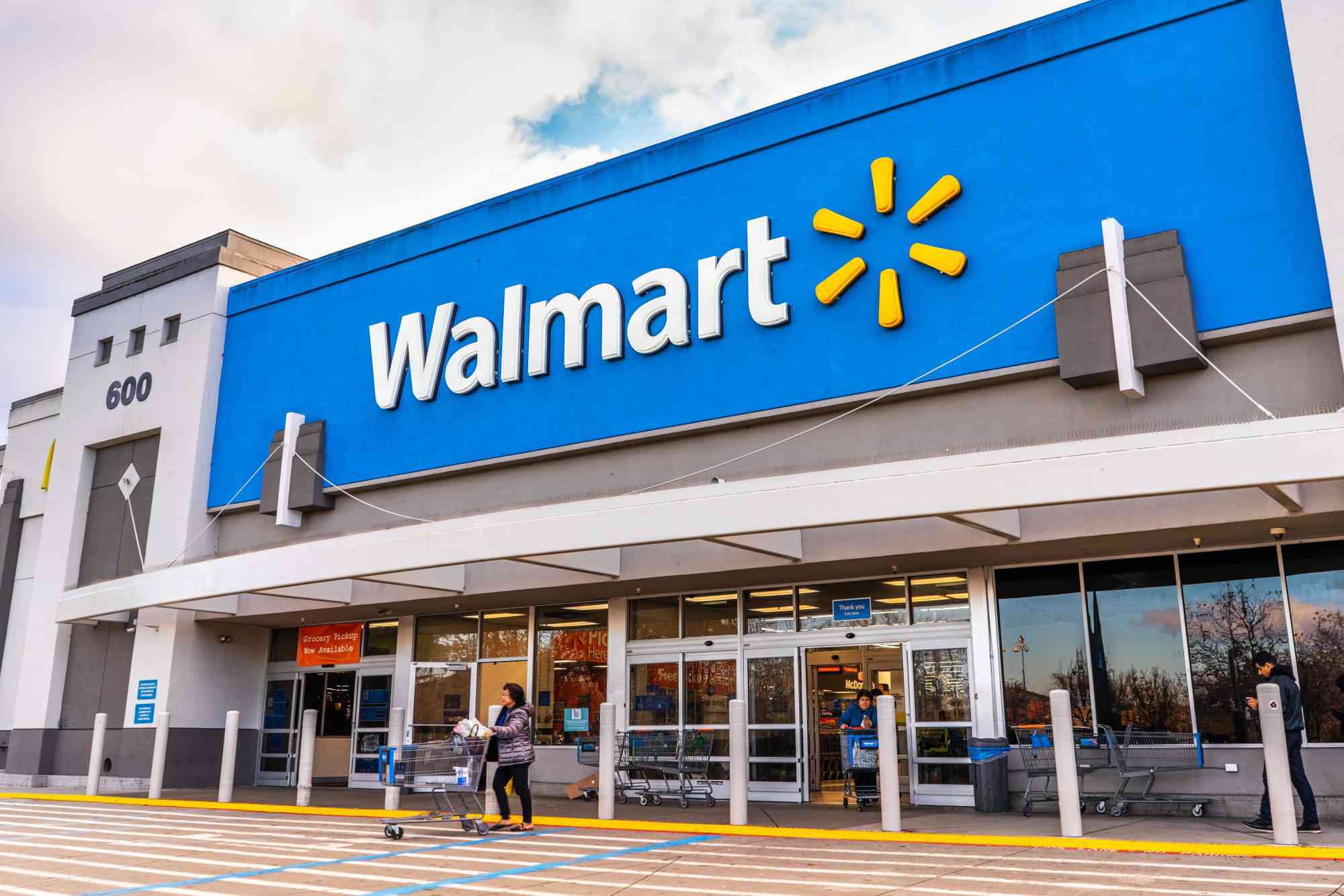Unlike the rest of the US, Miami’s business economy remains strong as bankruptcy filings trend…

Why Wall Street Can’t Ignore Walmart
Its free checking accounts and generous overdraft provisions could woo cost-conscious consumers and the unbanked.
Alarm bells sounded on Wall Street in early 2021 when a financial-technology outfit backed by Walmart Inc. lured two highly regarded executives away from Goldman Sachs Group Inc. The world’s largest retailer had been trying for years to expand into financial services. Perhaps, the thinking went, it was finally poised to take on big banks.
Eighteen months later, the fintech business—known as One—is emerging from the shadows with an upgraded app and a looming marketing push. For now, the venture looks less like a threat to the masters of the financial universe and more like a tool for Walmart’s push to keep pace with Amazon.com Inc., which has grown beyond its e-commerce roots into a behemoth offering consumers everything from prescription drugs to their favorite television shows to groceries. But traditional financial institutions still could face trouble if the giant brick-and-mortar retailer aggressively adds banking to its line of consumer businesses.
The overarching goal for Walmart is to build an array of services that complement its low-margin retail operations while keeping shoppers inside the company’s “ecosystem,” as the industry lingo goes. For Walmart, that means expanding not only through banking services but also through digital advertising, health care, an online marketplace with third-party sellers, and a membership program not unlike Amazon Prime. “We’re building a different business, and we’re making progress,” Chief Executive Officer Doug McMillon said on the company’s latest earnings call in August.
Walmart still lags far behind Amazon in online sales, but it’s making headway on other fronts. In banking, the aim is to boost customer loyalty by offering basic financial services and embedding itself more deeply in customers’ lives. “You’re trying to make your ecosystem the most convenient way to transact,” says Simeon Gutman, a retail analyst with Morgan Stanley. “It keeps more eyeballs in the same place.”
For One, which is majority-owned by Walmart but operated independently, the quickest route to growth probably runs through the customers Wall Street has long ignored—or milked. For instance, the nation’s biggest banks collected a hefty $8 billion last year in overdraft fees, the average $30 charge they impose every time customers spend more than they have in their accounts. Customers who pay such fees again and again generate over half the profits lenders glean from their mass-market consumer checking account offerings.
Almost half of the 7.1 million Americans who are unbanked said they didn’t have enough money to meet minimum balance requirements, while more than a third blamed high account fees, according to data collected by the Federal Deposit Insurance Corp.



